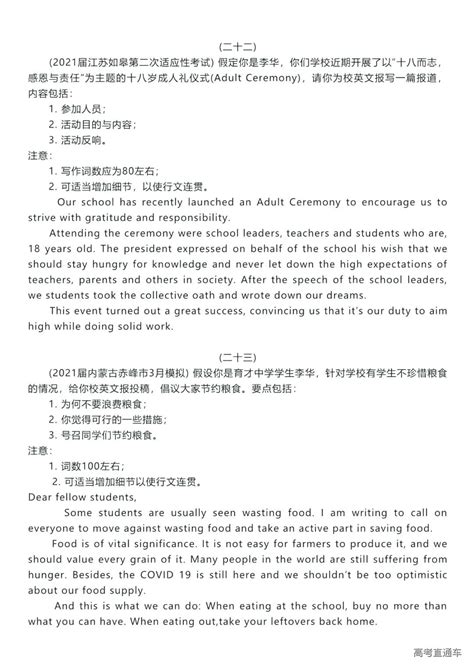Sports play a significant role in high school education, influencing students both academically and socially. This essay delves into the importance of sports in high school education and how they contribute to holistic development.
High school education is not solely about textbooks and classrooms; it extends to extracurricular activities like sports, which are integral to a student's overall growth. Sports in high school instill discipline, teamwork, leadership, and time management skills, which are essential for success in both academics and life.
Engaging in sports promotes physical fitness and overall wellbeing among high school students. Regular physical activity reduces the risk of obesity, improves cardiovascular health, and enhances motor skills. Furthermore, sports serve as a stress reliever, helping students cope with academic pressures and maintaining mental equilibrium.
Contrary to the notion that sports detract from academic pursuits, research suggests that studentathletes often perform better academically. Participating in sports fosters discipline and time management, as athletes must balance practice schedules with study time. Moreover, the competitive spirit cultivated in sports can translate into the classroom, driving students to excel academically.
Sports in high school provide a platform for character development. Through wins and losses, students learn resilience, perseverance, and the importance of sportsmanship. They develop a sense of responsibility towards their team, learning to prioritize collective goals over individual glory. These values translate into other aspects of life, shaping students into wellrounded individuals.
High school sports bring together students from diverse backgrounds, fostering social integration and camaraderie. Regardless of differences in ethnicity, socioeconomic status, or academic aptitude, students unite under a common goal when representing their school in sports. This interaction promotes empathy, understanding, and a sense of belonging among peers.
Participating in team sports teaches students invaluable lessons in leadership and teamwork. Captains and team leaders emerge, learning to motivate and inspire their teammates towards a shared objective. Students understand the significance of collaboration, communication, and collective effort in achieving success, skills that are transferrable to future endeavors.
For many students, participation in high school sports opens doors to college scholarships and future career opportunities. Exceptional athletes attract the attention of college recruiters, who offer scholarships based on athletic prowess. Even for those not pursuing professional sports careers, the discipline, leadership, and teamwork skills acquired through sports enhance their college applications and employability.
High school sports programs often provide mentorship and guidance to students. Coaches serve as role models, imparting not only athletic skills but also life lessons. They offer support and encouragement, nurturing the potential of every team member and instilling confidence in their abilities.
In conclusion, sports are indispensable components of high school education, offering a myriad of benefits to students. From physical fitness and academic performance to character development and career opportunities, the impact of sports extends far beyond the playing field. High schools should continue to prioritize sports programs, recognizing their role in shaping wellrounded individuals poised for success in all aspects of life.

The Aspen Institute. (2019). State of Play: High School Sports Participation in the U.S.
American Psychological Association. (2018). The Benefits of Playing High School Sports.
Lauer, L., Gould, D., Roman, N., & Pierce, M. (2010). Sources of Stress in NCAA Division I Men StudentAthletes. The Sport Psychologist, 24(4), 362379.